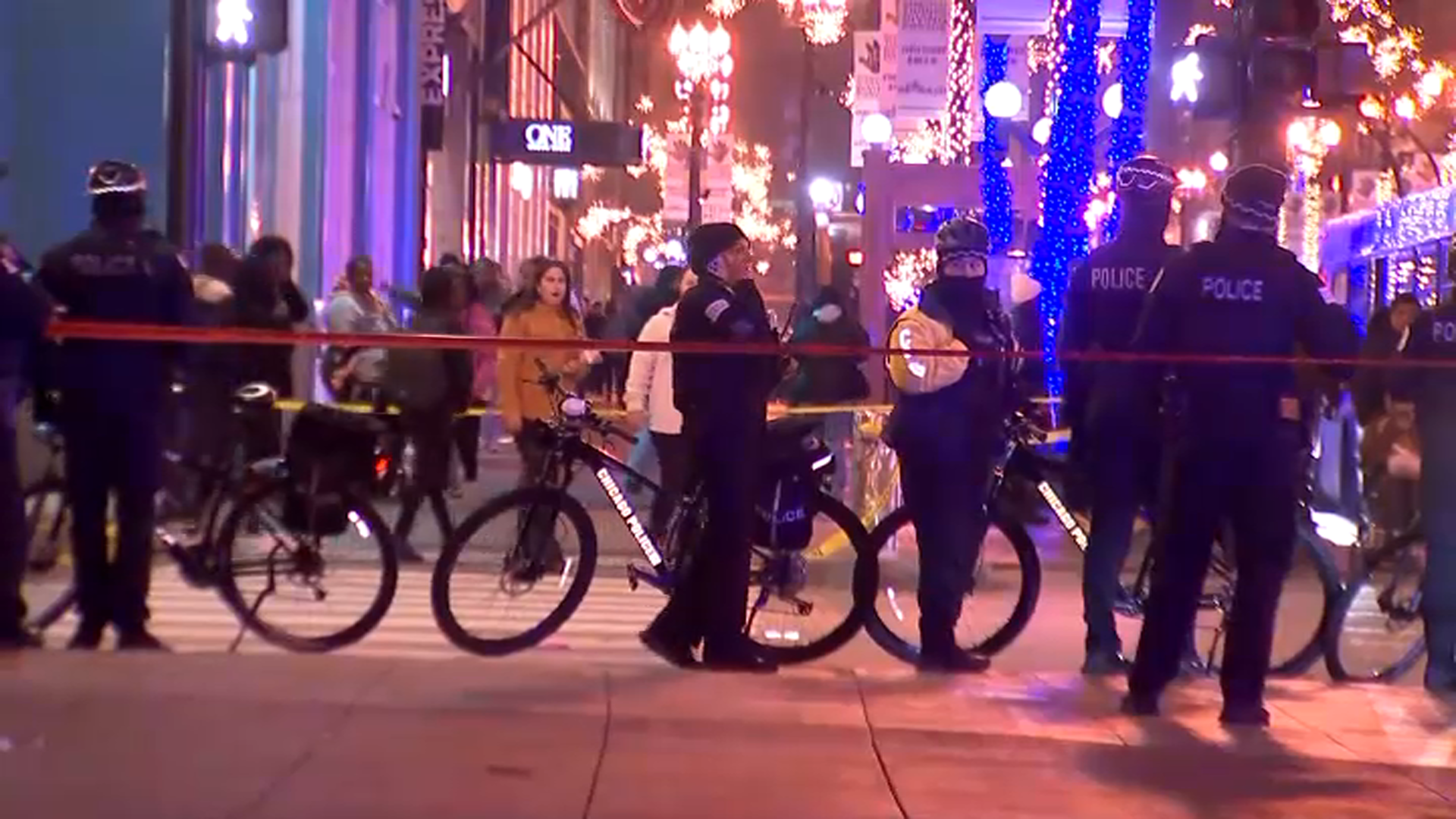Illinois and Indiana are currently among 17 states, plus the District of Columbia, which each have some version of “extreme risk protection orders" (ERPOs), more commonly known as red flag laws.
These laws are designed to allow people - law enforcement authorities, and sometimes friends and relatives as well - to petition a court to take firearms away from a someone who may pose a danger to either themselves or others.
Illinois passed its law after the mass shooting at Marjorie Stoneman Douglas High School in Parkland, Florida, in February of 2018. It took effect on January 1, 2019. Indiana has had a red flag law on its books for more than a decade -- passed after an Indianapolis Police Department officer was shot and killed by a man who’d been detained months earlier for being potentially dangerous.
Now -- with the shootings earlier this month in El Paso and Dayton -- there’s a renewed push to enact these laws in more states -- and at the federal level as well.
According to the Giffords Law Center to Prevent Gun Violence,a high proportion of people show signs of committing gun violence -- long before they act: “Up to 80% of people considering suicide give some sign of their intentions,” the Center says, and it quotes an FBI study which found that active shooters displayed -- on average -- “four to five observable concerning behaviors over time.”
Illinois’ law works like this: A family or household member can bring a complaint to a local court, alleging that a person has threatened to use his or her firearm illegally. If the court is convinced of potential danger, it orders the person to appear in court and their weapons to be seized by the state, generally for six months up to a year -- when the weapons then must be returned to the owner.
A person’s Firearm Owner’s Identification (FOID) card can also be revoked in Illinois, if they threaten or commit serious physical violence. In fact, there’s a mandatory-reporting requirement for law enforcement officials, school administrators, and physicians, who must make a report to authorities, within 24 hours of learning of any kind of threat.
Illinois’ law can also be used to keep firearms away from someone who does not yet possess firearms, but that’s not the case in Indiana: Its law applies only to people who already own guns. Another major difference, according to the Giffords Center, is that -- in Indiana -- only law enforcement officials can petition for removal of someone’s guns. Family and household members cannot.
Despite these greater restrictions, a 2018 study by the University of Indianapolis found a 7.5% drop in suicides by gun since Indiana’s initial red flag law took effect -- far greater than any other state in that same time period.
But the system doesn’t always work: An Aurora man who’d had his FOID card revoked by the Illinois State Police opened fire on the the local manufacturing plant where he’d worked this past February, killing five other people and himself.. And in April of 2018, a downstate man was charged with killing four people at a Waffle House in Nashville, even though he’d had his Illinois firearms license revoked the year before, with his firearms seized and given to his father for safekeeping.
Victims’ families have now filed civil suits in both of these cases, alleging that officials were negligent in keeping firearms away from the alleged gunmen.
None of the other states bordering Illinois -- neither Wisconsin, Iowa, Missouri nor Kentucky -- currently have any kind of red flag laws on their books, according to the Giffords CentIllinois and Indiana are currently among seventeen states, plus the District of Columbia, which have some version of “extreme risk protection orders” -- ERPOs -- more commonly known as red flag laws. These laws are designed to allow people -- law enforcement authorities, and sometimes friends and relatives as well -- to petition a court to take firearms away from a someone who may pose a danger to either themselves or others.
Illinois passed its law after the mass shooting at Marjorie Stoneman Douglas High School in Parkland, Florida, in February of 2018. The law took effect on Jan. 1, 2019.
Indiana has had a red flag law on its books for more than a decade. The law was passed after an Indianapolis Police Department officer was shot and killed by a man who’d been detained months earlier for being potentially dangerous.
Following the shootings earlier this month in El Paso and Dayton there’s a renewed push to enact these laws in more states and at the federal level as well.
According to the Giffords Law Center to Prevent Gun Violence, a high proportion of people show signs of committing gun violence, long before they act.
"Up to 80% of people considering suicide give some sign of their intentions," the Center says, and it quotes an FBI study which found that active shooters displayed on average "four to five observable concerning behaviors over time."
Illinois’ law works like this: A family or household member can bring a complaint to a local court, alleging that a person has threatened to use his or her firearm illegally. If the court is convinced of a potential danger, it orders the person to appear in court and their weapons to be seized by the state, generally for six months up to a year, when the weapons then must be returned to the owner.
A person’s Firearm Owner’s Identification (FOID) card can also be revoked in Illinois, if they threaten or commit serious physical violence. In fact, there’s a mandatory-reporting requirement for law enforcement officials, school administrators, and physicians, who must make a report to authorities, within 24 hours of learning of any kind of threat.
Illinois’ law can also be used to keep firearms away from someone who does not yet possess them, where Indiana's law applies only to people who already own guns. Another major difference, according to the Giffords Center, is that in Indiana, only law enforcement officials can petition for removal of someone’s guns. Family and household members cannot.
Despite these greater restrictions, a 2018 study by the University of Indianapolis found a 7.5% drop in suicides by gun since Indiana’s initial red flag law took effect. That number is far greater than any other state in that same time period.
But the system doesn’t always work.
An Aurora man who’d had his FOID card revoked by the Illinois State Police opened fire on the the local manufacturing plant where he’d worked in February, killing five other people and himself. And in April of 2018, a downstate man was charged with killing four people at a Waffle House in Nashville, even though he’d had his Illinois firearms license revoked the year before, with his firearms seized and given to his father for safekeeping.
Victims’ families have now filed civil suits in both of these cases, alleging that officials were negligent in keeping firearms away from the alleged gunmen.
None of the other states bordering Illinois - neither Wisconsin, Iowa, Missouri nor Kentucky - currently have any kind of red flag laws on their books, according to the Giffords Center.



